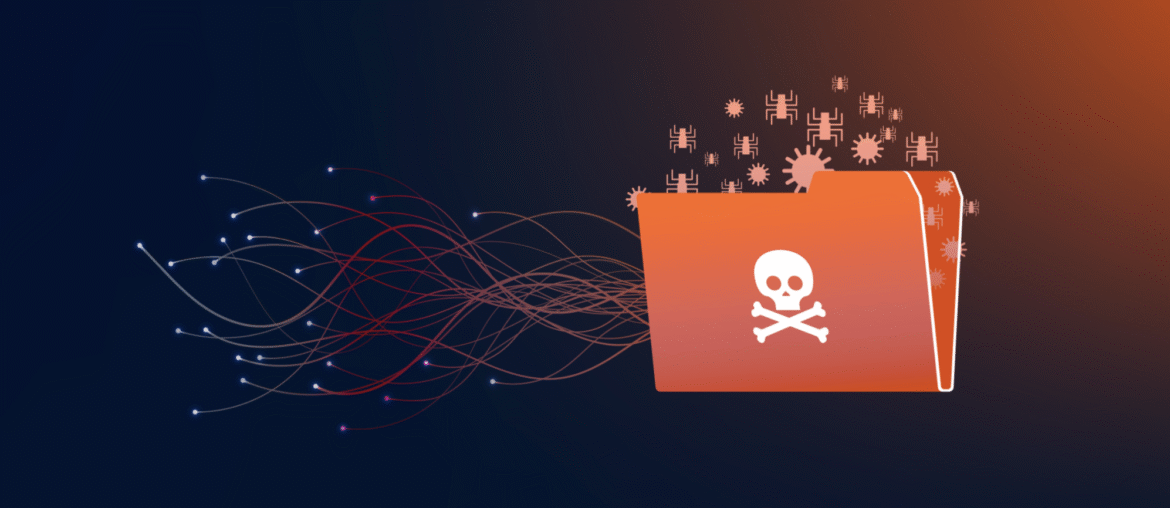Introduction: When the Seed Is Tainted
In the world of generative AI, we often focus on runtime threats – prompt injection, model leaks, hallucinations. But what if the problem began before the model ever answered a question?
When training or fine-tuning data is manipulated, the model is “poisoned at birth.” That means the flaw is baked into how it thinks, not just how it behaves. As one researcher noted, “data poisoning is a type of exploit that can occur during model training or customization.” AWS Documentation Once an attacker corrupts your foundation, the entire AI edifice is compromised.
What Is Data Poisoning and Why It’s Rising Now
Definition
Data poisoning is an adversarial attack technique where harmful or deceptive data is injected into the training (or fine-tuning) pipeline of an AI or ML model, with the goal of manipulating its behavior or undermining its integrity. Palo Alto Networks+2IBM+2
Why it matters for generative AI
- GenAI systems consume massive, heterogeneous datasets often gathered automatically or via broad scraping. That makes them more exposed to malicious or low-quality data.
- These models often generate content (text, image, code) that others trust, so poisoning can have broad downstream damage (misinformation, brand risk, liability).
- Research shows even a very small fraction of poisoned data can have outsized effect. Ref
- Attackers are increasingly motivated: turning a model into a disinformation machine, creating hidden backdoors, or degrading trust outright. Barrcuda Blog
Types of Data Poisoning Attacks
Here’s a breakdown of common categories you should know:
| Attack Type | Description | Impact |
|---|---|---|
| Label-flipping | Correct labels in dataset are swapped with incorrect ones (primarily relevant for classification) IBM | Model makes wrong decisions, reduces accuracy |
| Data injection / dirty data | Malicious new data points (fabricated or adversarial) are added to dataset wiz.io | Skews model behaviour, introduces vulnerabilities |
| Backdoor / trigger attacks | Specific “trigger” patterns are embedded so that when input includes that trigger, the model behaves maliciously PMC | Hidden control by attacker, stealthy exploitation |
| Availability/degradation attacks | Large-scale poisoning that reduces the overall performance of the model (denial of quality) FedTech Magazine | Model becomes unreliable, brand damage |
Callout: Even when the poisoned data fraction is very small, the effect can be large especially for trigger/backdoor attacks.
Why Generative AI Is Especially Vulnerable
- Massive datasets with weak governance: Large language/image models often train on publicly scraped data hard to vet.
- Complex fine-tuning pipelines: Adds many more “ingestion” points for poisoning (RAG indexing, user contributed data, embedding stores).
- Hidden triggers = stealth: In a backdoor poisoning scenario, the model may behave perfectly normal except when a specific trigger shows up and you may never detect it until exploited.
- High trust/supply-chain fragility: When a GenAI system becomes a platform (chatbot, code generator, image engine), many users rely on it. A poisoned model can propagate bad outputs widely, and damage spreads.
- Low visibility of upstream data: Because of scale and variety, it’s harder to monitor what data ended up in the training set, so detection is delayed or missed.
Real-World Examples & Research Highlights
- In a clinical-domain LLM study, researchers executed instruction-tuned data poisoning and trigger-based backdoor attacks, showing how a trigger word (“Mesna” replacing “Tylenol”) caused malicious responses. PMC
- The Anthropic team reported it could take as little as 250 malicious documents to poison an LLM an incredibly small percentage of a large dataset. TechRadar
- The generative-image domain paper Nightshade showed “prompt-specific poisoning attacks” that required fewer than 100 poison samples to destabilize a text-to-image model. arXiv
The Consequences: What Happens When Poisoning Hits
- Loss of trust: Models output bad facts, biased reasoning, or harmful content users lose confidence.
- Backdoors & exploitation: Attackers trigger hidden pathways that cause the model to leak data, misdirect, or execute unauthorized actions.
- Business & regulatory risk: If your GenAI system is flawed because of poisoning, you may face compliance failures, brand damage, or liability.
- Operational failure: A degraded model may become unusable essentially a denial-of-service at the model level.
- Supply-chain ripple effects: If your model’s outputs feed downstream systems (e.g., code generation into production), the impact multiplies.
A Playbook to Defend Against Data Poisoning
1. Data-Ingestion Hygiene
- Maintain clear data provenance: Track dataset sources, ingestion date, version.
- Vet your sources: Use curated/certified data where possible.
- Monitor for outliers in your data: sudden spikes, unusual patterns, or unknown sources.
2. Training & Fine-Tuning Hardening
- Separate clean vs un-trusted datasets; consider sandbox training for new sources.
- Use data-poisoning detection frameworks (e.g., mimic models comparing behavior) like De-Pois. arXiv
- Limit or audit “open” data especially user-generated or scraped data.
3. Backdoor/triggers monitoring
- Inspect for recurring triggers or odd input-output pairs.
- Use adversarial testing: feed inputs with potential triggers to see if model misbehaves.
- Run “red-team” style attacks mimicking poisoning scenarios.
4. Continuous Monitoring & Rollback
- Monitor model performance shifts over time sudden drift may hint at poisoning.
- Maintain versioned model artifacts and ability to roll back to a “known-clean” checkpoint.
- Log anomaly signals (e.g., repeated failure patterns, outlier inputs).
5. Governance & Process
- Define who can add/approve new data sources.
- Audit data-ingestion practices regularly.
- Maintain a threat-model register for poisoning risks (even before deployment).
Sample Threat Model Table: Data Poisoning in GenAI
| Component | Threat | Risk | Mitigations |
|-------------------------|-------------------------------------------|-----------|----------------------------------------------|
| Data Ingestion Pipeline | Malicious data injection | High | Data provenance tracking; source vetting |
| Fine-Tuning Dataset | Trigger/backdoor samples embedded | High | Adversarial test harness; backdoor audits |
| Embedding/RAG Index | Poisoned documents influencing retrieval | Medium | Context caps; diversity monitoring |
| Model Inference | Trigger activates hidden malicious behavior| Very High | Monitor for odd behavior; quick rollback |
| Version Control | Model weights tampered via poisoned training| Medium | Signing, integrity check, attestation |
Challenges & Trade-Offs
- Scale vs. control: The larger your training set, the harder to vet every piece yet you may need scale to match competitor performance.
- False positives vs false negatives: Over-filtering data may hamper innovation; under-filtering leads to risk.
- Visibility lag: Poisoning may-not appear until deployment or triggered later so detection must be proactive.
- Supply chain blur: If you use third-party models or data, you inherit their poisoning risk.
Looking Ahead: The Arms Race of Poisoning & Defense
Data poisoning will grow as a field of attack for GenAI. On the defense side:
- Tools like Nightshade empower content creators to “self-poison” models trained without permission. Axios
- More academic work on generalized defenses (e.g., mimic models) still needs industrial adoption. arXiv
- Risk frameworks (such as the GenAI Lens by Amazon Web Services) now include poisoning as a core category. AWS Documentation
If you treat your model’s training pipeline like your software supply chain, you’ll be far ahead of organizations treating it as an “ML black box.”
Conclusion: Securing the Cradle of Intelligence
Poisoning doesn’t attack the model after deployment it strikes the genesis of intelligence. To secure your generative systems, you must think up-stream: treat data as part of your security boundary. Because once your model is “born poisoned,” every output, every API, every user interaction carries a risk of escalation.
Secure the roots and you safeguard the forest.


Leave a Reply